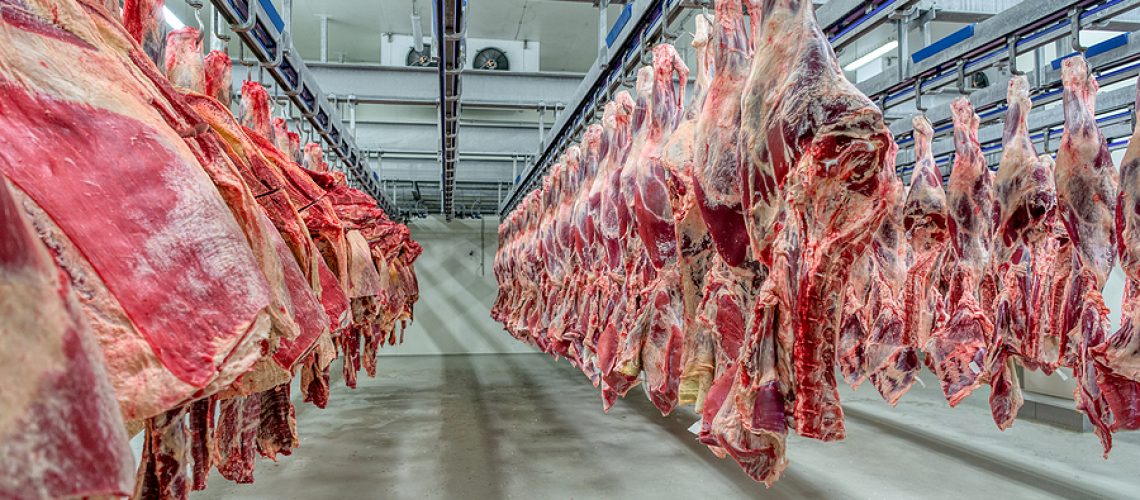The European Food Safety Authority (EFSA) analyzed the factors that affect the safety of meat as it ages and how they may pose a microbiological hazard due to spoilage bacteria.
The elements examined were dry aging of beef, refrigerated without packaging for long periods, and wet aging of beef, pork, and lamb, which is stored and cooled in a vacuum package.
EFSA experts identified pathogens and bacteria such as E. coli, Salmonella, Staphylococcus aureus, Listeria monocytogenes, enterotoxigenic Yersinia, Campylobacter, and Clostridium could develop in the aging process.
The conditions to which the tests were subjected include time and temperature changes in the aging process under which the production of dry and wet aged meat would result in the same level of safety as fresh meat.
Parameters such as surface pH, water activity, and meat temperature could influence the survival or growth of pathogenic, spoilage bacteria, mold, and mycotoxin production. According to research, Listeria monocytogenes is the main hazard for all types of meat, and Yersinia enterocolitica is for pork.
Meat safety is assured through hazard analysis, critical control points (HACCP), and prerequisite programs (PRP), including good hygienic and manufacturing practices. As standard fresh meat preparation and wet-matured meat differ only in the time applied, controls are similar.
News Desk. (2023b, January 20th). EFSA looks at factors impacting the safety of meat aging. Food Safety News. https://www.foodsafetynews.com/2023/01/efsa-looks-at-factors-impacting-safety-of-meat-aging/


